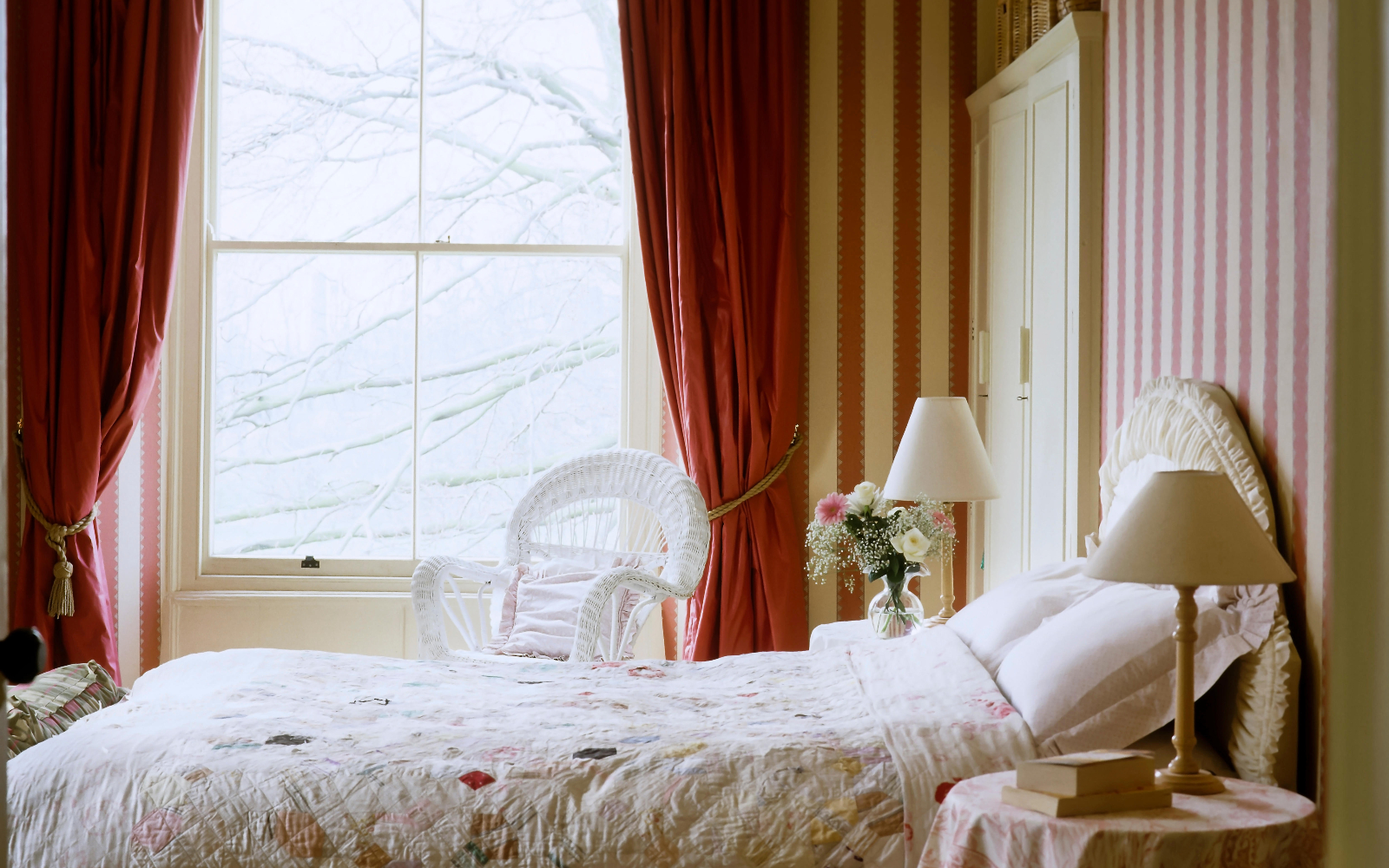Understanding the Impact of Color on Mood: Good Curtain Color For Bedroom

The colors we choose for our bedroom can significantly influence our mood, sleep quality, and overall well-being. Color psychology explores the connection between colors and human emotions, revealing how different hues can affect our feelings and behaviors.
The Influence of Color on Sleep and Relaxation
The right colors can create a calming and restful atmosphere in your bedroom, promoting better sleep.
- Blue is often associated with tranquility, peace, and serenity. It can lower blood pressure, heart rate, and body temperature, making it ideal for creating a relaxing environment conducive to sleep. Think of the calming effect of a clear blue sky or the vastness of the ocean.
- Green is another color linked to relaxation and nature. It can evoke feelings of peace and harmony, promoting a sense of calm and well-being. Green is often used in spa settings to create a soothing and rejuvenating atmosphere. Imagine the feeling of being surrounded by lush greenery or a serene forest.
- Yellow is known for its uplifting and energizing properties. While it can be stimulating, certain shades of yellow, particularly muted or pastel tones, can be calming and create a cheerful ambiance. Think of the warmth of sunshine or a field of wildflowers.
- Purple is associated with royalty, spirituality, and creativity. It can be calming and soothing, promoting feelings of peace and tranquility. Think of the serenity of a lavender field or the calming effect of twilight.
Choosing the Right Color Palette for Your Bedroom

Your bedroom is your sanctuary, a space where you can unwind and recharge. The color palette you choose for your bedroom plays a crucial role in creating the desired atmosphere and ambiance. Selecting the right curtain color is an important part of this process.
Color Palettes for Different Bedroom Styles
Curtain colors can significantly impact the overall style of your bedroom. It’s essential to consider your personal preferences and the existing décor when choosing the right palette. Here’s a breakdown of color palettes that complement various bedroom styles:
Minimalist
Minimalist bedrooms prioritize simplicity and functionality. Light and neutral colors like white, beige, gray, and soft pastels create a sense of calmness and spaciousness.
- Curtain colors: White, cream, light gray, pale blue, soft pink.
Modern
Modern bedrooms embrace clean lines, geometric shapes, and a focus on functionality. Bold colors and metallic accents are often used to add a touch of sophistication.
- Curtain colors: Black, navy blue, charcoal gray, deep green, mustard yellow.
Traditional
Traditional bedrooms evoke a sense of comfort and elegance. Rich colors, intricate patterns, and luxurious fabrics are common elements.
- Curtain colors: Burgundy, emerald green, navy blue, gold, cream.
Bohemian
Bohemian bedrooms celebrate eclecticism and free-spiritedness. Earthy tones, vibrant patterns, and natural textures create a relaxed and welcoming atmosphere.
- Curtain colors: Terracotta, mustard yellow, deep blue, olive green, teal.
Table: Color Palettes for Different Bedroom Styles
| Bedroom Style | Color Palette | Popular Curtain Colors |
|---|---|---|
| Minimalist | Light and neutral colors, white, beige, gray, soft pastels | White, cream, light gray, pale blue, soft pink |
| Modern | Bold colors, metallic accents, clean lines, geometric shapes | Black, navy blue, charcoal gray, deep green, mustard yellow |
| Traditional | Rich colors, intricate patterns, luxurious fabrics | Burgundy, emerald green, navy blue, gold, cream |
| Bohemian | Earthy tones, vibrant patterns, natural textures | Terracotta, mustard yellow, deep blue, olive green, teal |
Practical Considerations for Curtain Color Selection

Choosing the right curtain color for your bedroom involves more than just aesthetics. The amount of natural light your bedroom receives and the direction your windows face play a crucial role in determining the best curtain color to enhance your sleep environment and create a comfortable atmosphere.
Impact of Natural Light and Window Orientation, Good curtain color for bedroom
The amount of natural light your bedroom receives throughout the day significantly influences the impact of your curtain color. Understanding the direction your windows face is key to selecting the right curtain color that balances light levels and creates the desired mood.
Curtain Color Recommendations for Different Window Orientations
| Window Orientation | Best Curtain Colors | Explanation |
|---|---|---|
| North-Facing | Warm colors like yellows, oranges, and reds | North-facing windows receive less direct sunlight, making warm colors ideal for adding warmth and vibrancy. |
| South-Facing | Cool colors like blues, greens, and purples | South-facing windows receive abundant sunlight, making cool colors perfect for creating a calming and refreshing ambiance. |
| East-Facing | Light colors like pale blues, greens, and yellows | East-facing windows receive bright morning sunlight, so light colors help diffuse the light and prevent glare. |
| West-Facing | Darker colors like navy, gray, or brown | West-facing windows receive strong afternoon sunlight, making darker colors effective in blocking excessive light and heat. |
Light vs. Dark Curtain Colors: Pros and Cons
Choosing between light and dark curtain colors is a crucial decision that impacts both light levels and privacy.
- Light Curtain Colors
- Pros: Light colors reflect light, making your room feel brighter and more spacious. They also allow for a greater amount of natural light to filter through, creating a cheerful and airy atmosphere.
- Cons: Light colors offer less privacy, especially during the day. They may also be less effective in blocking out sunlight, making it challenging to sleep in during the summer months.
- Dark Curtain Colors
- Pros: Dark colors absorb light, creating a more intimate and cozy atmosphere. They offer greater privacy, especially at night, and are more effective in blocking out sunlight, promoting better sleep.
- Cons: Dark colors can make your room feel smaller and darker. They can also make it difficult to see clearly during the day, especially if you have limited natural light.
